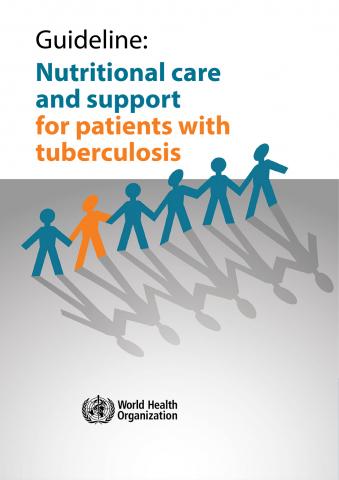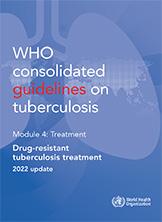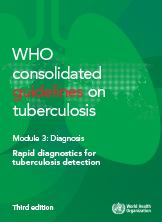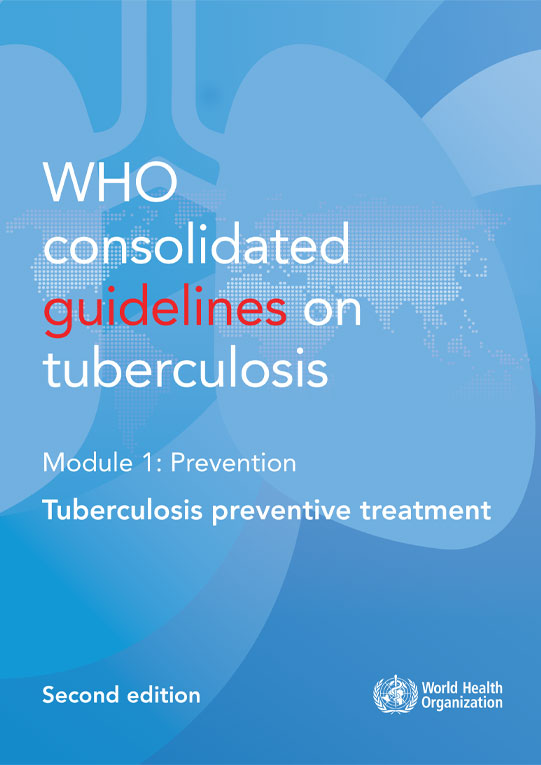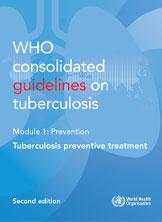1.1. Identifying populations for TB preventive treatment
Among individuals infected with M. tuberculosis, it is estimated that the average lifetime risk of progressing to TB disease is about 5–10% (4). The risk is particularly elevated among children under 5 years and among people with compromised immunity (1). As any treatment entails risk of harms and opportunity costs, TPT should be selectively targeted to population groups at highest risk of progression to TB disease, who would benefit most.
 Feedback
Feedback